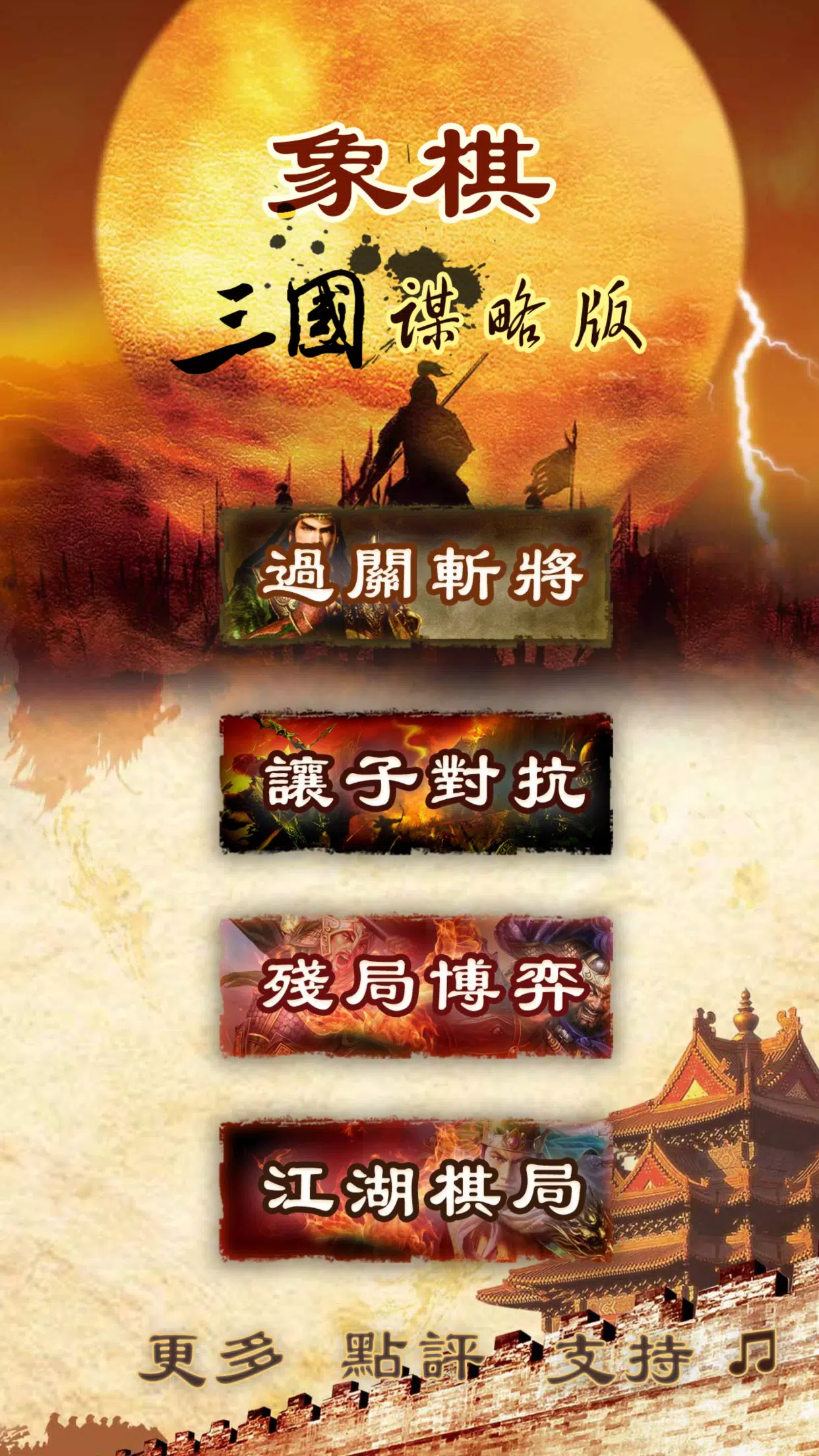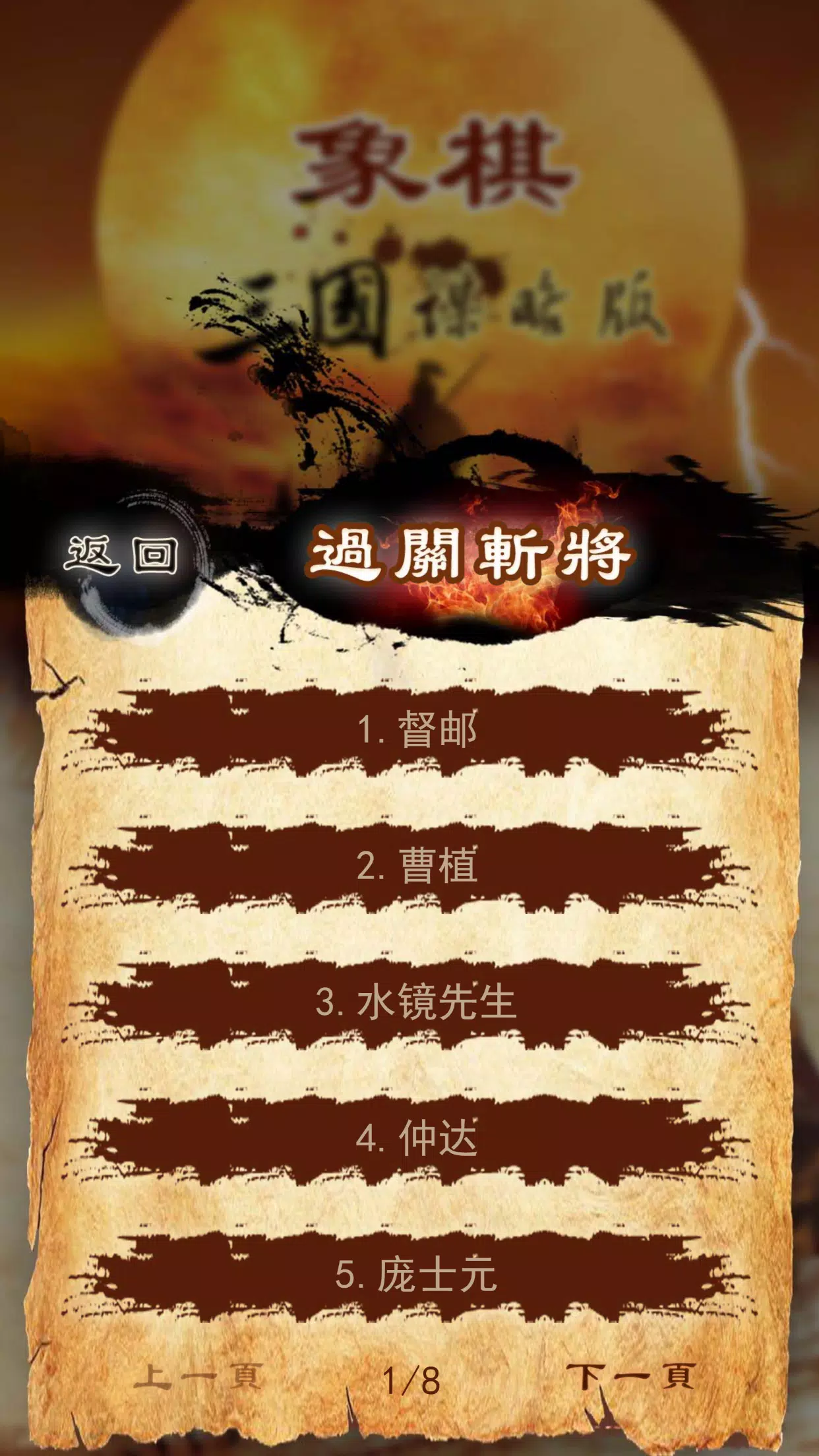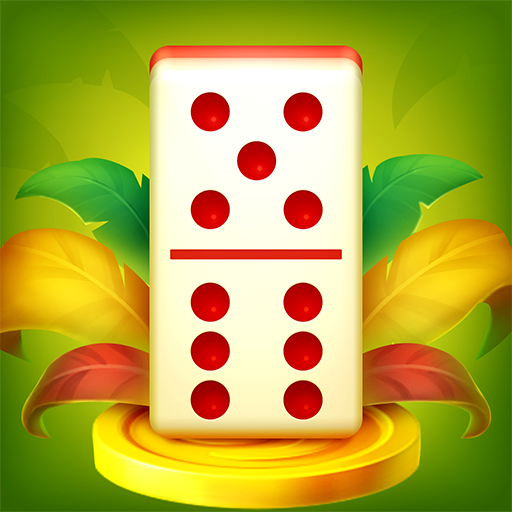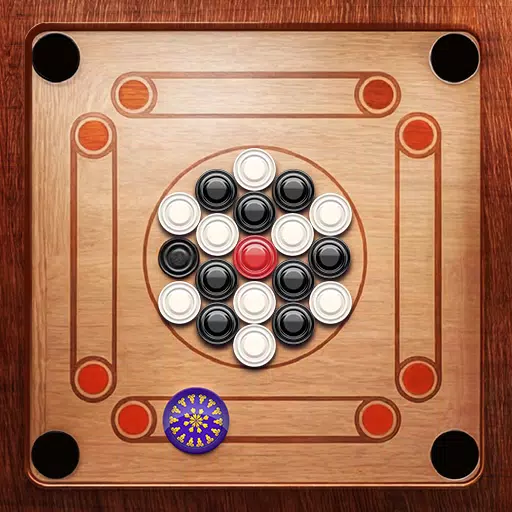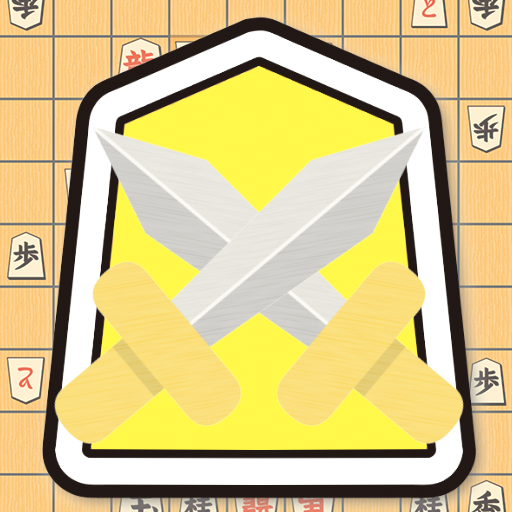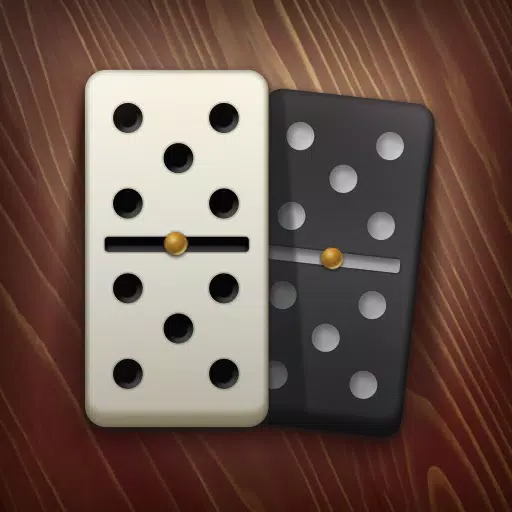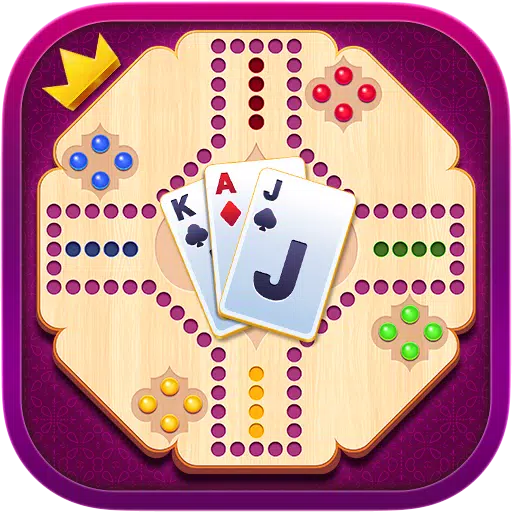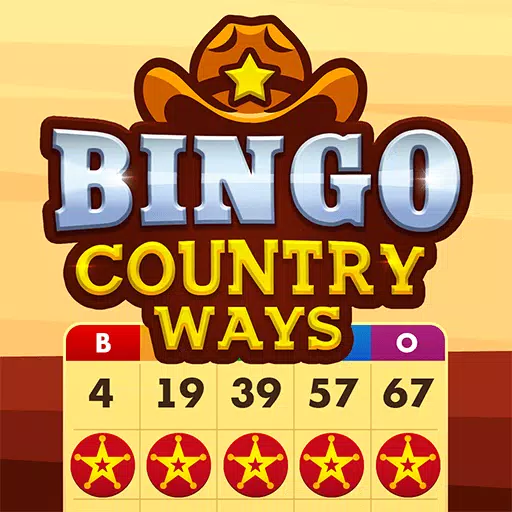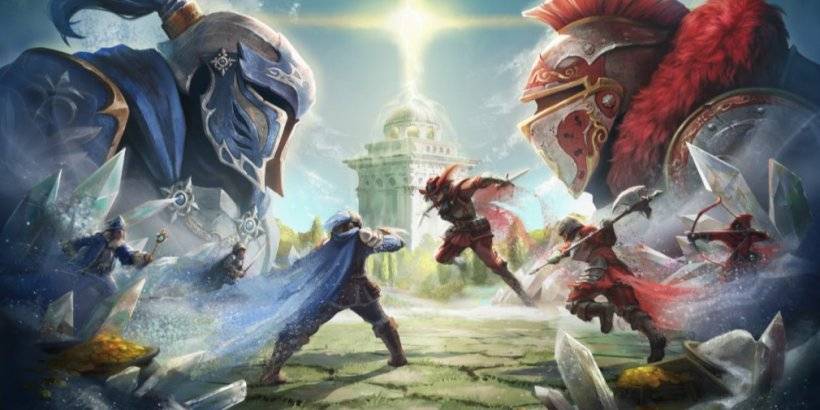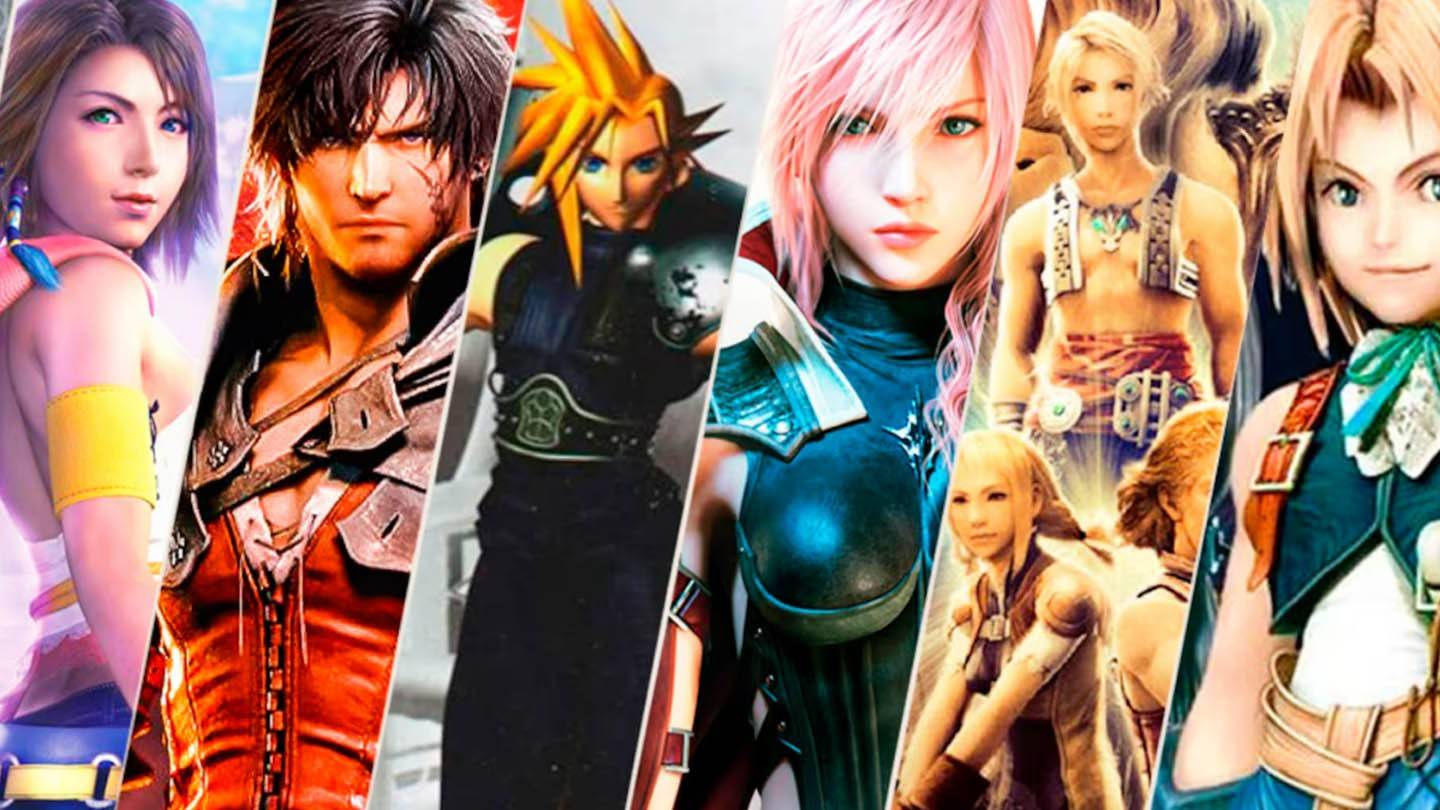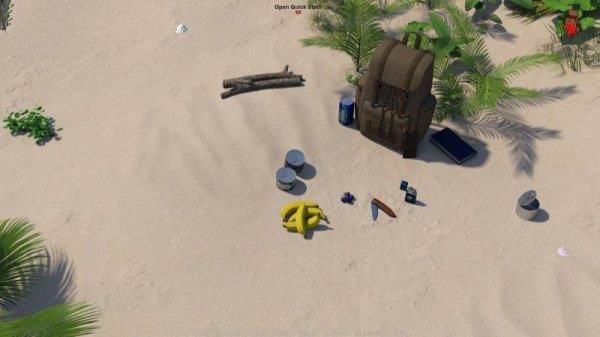Imagine a chess game that seamlessly weaves the epic narrative of the Three Kingdoms into its core, offering a diverse array of gameplay modes. This innovative blend allows players to navigate through various levels, challenge iconic heroes, and swiftly master the intricacies of chess endgames. Xiangqi, a chess variant that originated in China, is a two-player strategic game with a rich historical background. Its straightforward yet engaging gameplay has made Xiangqi a beloved pastime across the globe.
Chess Pieces
Xiangqi features thirty-two pieces, divided evenly into red and black groups, with sixteen pieces per side. Each group comprises seven distinct types of pieces:
- Red pieces: One General (Shuai), two each of Chariots (Ju), Horses (Ma), Cannons (Pao), Advisors (Shi), and Elephants (Xiang), and five Soldiers (Bing).
- Black pieces: One General (Jiang), two each of Chariots, Horses, Cannons, Advisors (Shi), and Elephants (Xiang), and five Soldiers (Zu).
General (Shuai/Jiang)
The General, referred to as "Shuai" on the red side and "Jiang" on the black side, is the pivotal piece in Xiangqi. It moves within the "palace," a 3x3 grid, and can only move one square at a time horizontally or vertically. A crucial rule is that the two Generals cannot face each other directly along the same file without any pieces between them, resulting in an immediate loss for the player who moves into this position.
Advisors (Shi)
The Advisors, known as "Shi" on both sides, are confined to the palace and can only move diagonally within it. Their movement is limited to one diagonal step at a time.
Elephants (Xiang)
The Elephants, referred to as "Xiang" on the red side and "Xiang" on the black side, move diagonally two squares at a time, a move often called "flying the field." Their movement is restricted to their own half of the board and they cannot cross the river. If a piece occupies the middle square of their path, the Elephant's movement is blocked, a situation known as "blocking the Elephant's eye."
Chariots (Ju)
The Chariot, or "Ju," is the most powerful piece on the board, capable of moving any number of squares along ranks and files, provided no pieces obstruct its path. This ability to control up to seventeen squares makes it a formidable force, often referred to as "one Chariot against ten soldiers."
Cannons (Pao)
The Cannon, or "Pao," moves similarly to the Chariot when not capturing. However, to capture an opponent's piece, it must jump over exactly one intervening piece, whether friend or foe, a maneuver known as "firing over the screen" or "over the mountain."
Horses (Ma)
The Horse, or "Ma," moves in an L-shape, first one square along a rank or file, then one square diagonally. This movement pattern, known as "the Horse's day," allows it to reach up to eight different squares. However, if a piece blocks the first square of its move, the Horse is hindered, a situation called "tripping the Horse's leg."
Soldiers (Bing/Zu)
The Soldiers, called "Bing" on the red side and "Zu" on the black side, move forward one square at a time and cannot retreat. Before crossing the river, they can only move forward. After crossing, they gain the ability to move sideways as well, significantly increasing their tactical value, hence the saying, "a small Soldier crossing the river can challenge a Chariot."
Players take turns moving their pieces, embodying the strategic principles of Sun Tzu's "Art of War," which emphasizes subduing the enemy without fighting and achieving victory through superior tactics. The game begins with the red side moving first, and continues until one side checkmates or stalemates the opponent's General, or a draw is agreed upon. Through the dynamic interplay of attack and defense, deception and reality, and overall strategy versus localized tactics, players can enhance their cognitive abilities and strategic thinking.
Tags : Board


